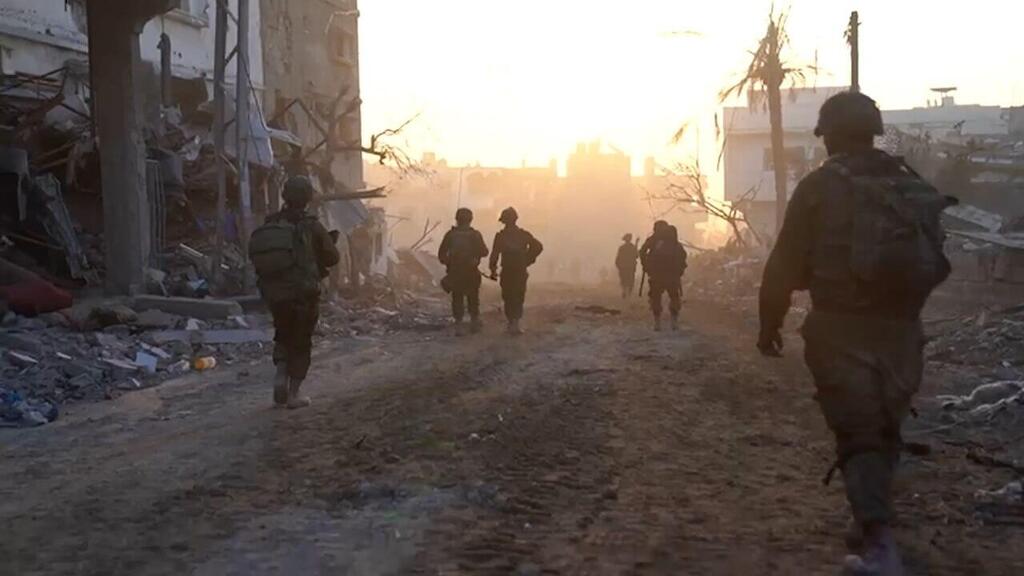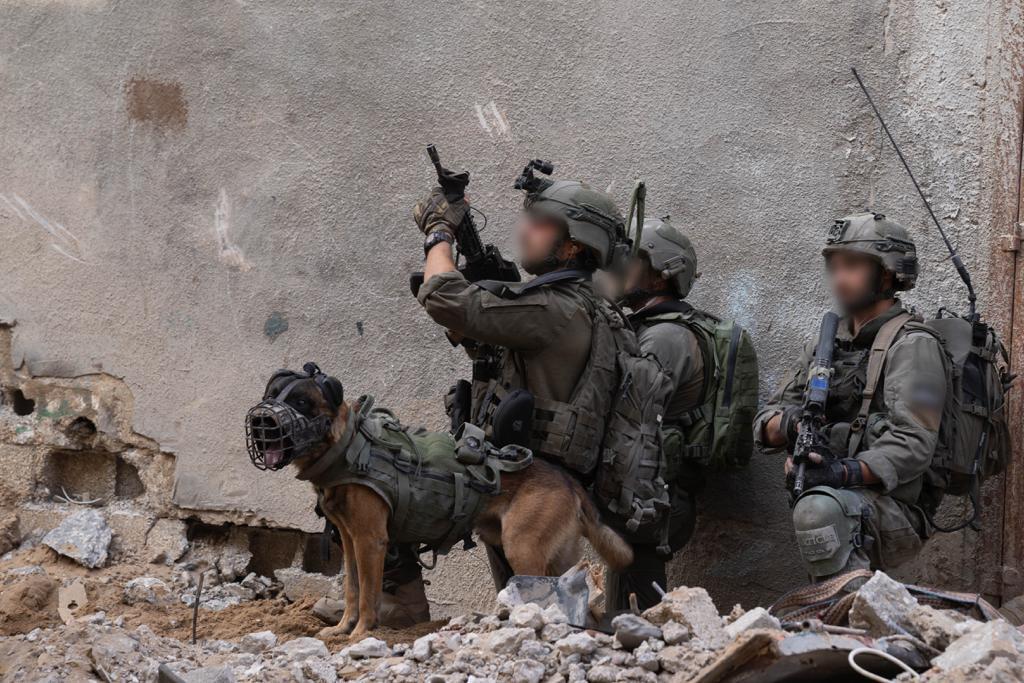One of the biggest challenges in armed combat, specifically in a densely urban area, is avoiding incidents of friendly fire, which often take place in pitch darkness. Combat is hectic, tumultuous, visceral and unpredictable, and that creates the perfect breeding ground for mistaken identities.
Read more:
This is something the IDF was keenly aware of when preparing for the ground offensive deep within the Gaza Strip, utilizing such measures as technological markings of their own forces, making it far easier to avoid needless injuries and fatalities.
A division operating within the tumultuous and perilous landscape of Gaza has shared an intriguing insight into their tactics to curb friendly fire. In the chaos of battle, particularly between the armored units and infantry, the risk of mistaken identity is high. To mitigate this, a stringent protocol has been established: Infantry units are now compelled to relay their positions during every movement, with a particular emphasis when they break into buildings.
Further enhancing awareness and coordination on the battlefield, each force commander employs the Beacon(Masu'a) software. This innovative tool paints a dynamic map on their screens, pinpointing not only the locations of friendly forces but also potential enemy concentrations in the sector.
However, technology alone cannot ensure safety; there are lessons that only experience can teach. Tank commanders, often the targets of small arms fire, have been counseled to exercise restraint and caution. Instead of retaliating immediately, they are advised to establish contact with nearby friendly forces, ascertain their precise locations, and then, and only then, respond with firepower.
In the throes of battle, the skies are often illuminated by the descent of light weapons - flares, lighting bombs and the like, cascading upon armored vehicles. Troops, ensconced in the steel bellies of tanks and APCs, remain unharm. Still, there is the prospect of an airborne missile, intended to bolster ground forces, straying off course. Thankfully, that hasn't happened yet.
The exact scale of friendly fire incidents since the onset of conflict remains somewhat uncertain, largely due to the absence of comprehensive investigations. However, it appears the initial week of combat bore the brunt of such instances. This was particularly true in the peripheral zones, marked by intense containment battles and relentless pursuits of Hamas insurgents. These terrorists, brazenly masquerading in IDF uniforms, infiltrated Israeli soil by the hundreds.
Within the dense urban labyrinth of the Gaza Strip, friendly fire incidents did claim several lives. However, the IDF is quick to provide context – compared to prior operations, such as 2008's Cast Lead, the casualty numbers attributed to friendly fire remain relatively low.





